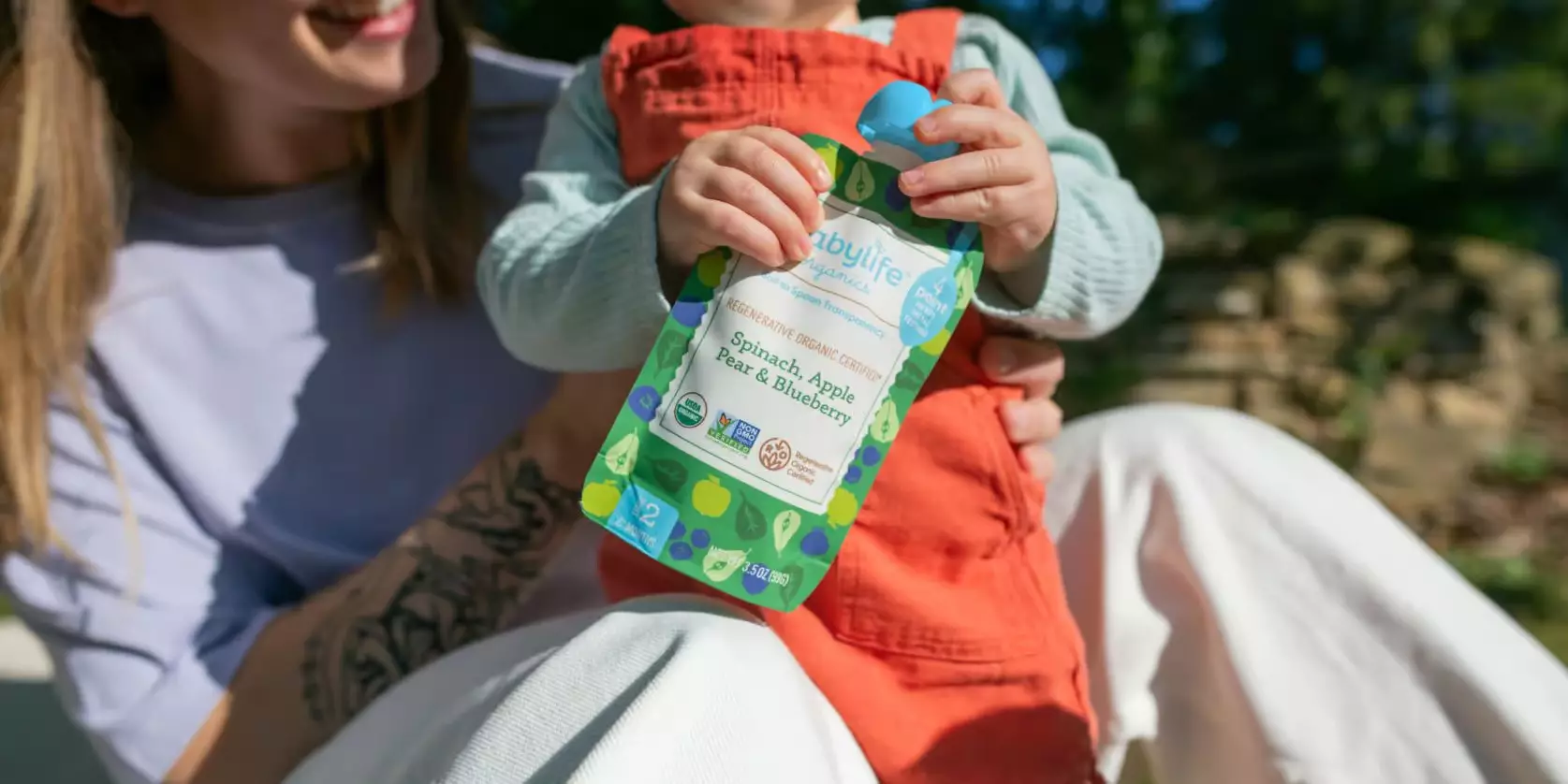In the United States, parents face the alarming reality that many baby foods—whether store-bought, homemade, organic, or conventional—are often contaminated with toxic heavy metals such as lead, cadmium, arsenic, and mercury. This troubling situation raises an urgent question for caregivers: how can they protect their children from potential neurological damage and other health issues associated with these contaminants? The lack of federal regulations regarding heavy metal testing in baby food leaves parents vulnerable, often unaware of the true quality of what they are feeding their infants.
It is difficult to navigate this landscape of uncertainty. Reports linking heavy metals to developmental issues in children paint a grim picture, revealing a pressing need for greater accountability among baby food manufacturers. This situation not only affects nutrition but also has broader implications for public health. Parents require not just information but assurance that the food they provide is both safe and nourishing.
A New Player in Baby Food: Babylife Organics
Enter Babylife Organics, a pioneering baby food company that seeks to change the status quo by introducing a level of transparency rarely seen in this industry. Launched recently, Babylife Organics is the first brand to openly share detailed heavy metal testing results across every jar and pouch through a unique QR code. This initiative empowers consumers by providing them direct access to the safety data of the products they purchase, transforming the way families make choices about infant nutrition.
Moreover, Babylife Organics holds the distinction of being the first baby food line to be Regenerative Organic Certified. This certification not only speaks to the quality of the food itself but also emphasizes the health of the soil from which these ingredients are sourced. By committing to regenerative farming practices, Babylife aims to mitigate the risk of contamination, addressing a critical factor in food safety that has been largely overlooked by other brands.
Four Stages of Safety: The 4-Point Testing System
A hallmark of Babylife’s approach is its meticulous 4-point testing system, which incorporates heavy metal testing at four distinct stages: soil, raw ingredients, prepared ingredients, and the final product. Richard Harford, the CEO of Babylife Organics, outlines this comprehensive strategy as instrumental in identifying contamination sources early in the supply chain. Each phase of the production process is monitored to ensure the utmost safety for consumers.
Traditionally, many brands test their products only once they reach the finished product stage. This limited approach can mask underlying issues, leaving manufacturers—and by extension, consumers—unaware of potential dangers present within the raw materials. Babylife’s proactive testing means concerns can be addressed well before the food reaches a child’s plate.
A Call for Higher Standards
Given the absence of rigorous federal standards governing heavy metals in baby foods, Babylife Organics seeks to raise the bar substantially. Drawing inspiration from international benchmarks such as the European Union Food Safety Policy, the brand is committed to meeting or exceeding heightened standards that prioritize consumer safety. Harford expresses hope that their innovative approach will stir a revolution within the industry, compelling other brands to adopt similar levels of transparency in heavy metal testing.
The potential impact of this initiative could be profound. For too long, the baby food sector has lagged in ensuring the safety and quality of its offerings. By shining a light on these issues, Babylife could ignite a long-overdue conversation about the need for reform, not just among competitors, but also within regulatory bodies.
Empowering Parents Through Technology
Babylife Organics equips parents with the tools they need to make informed decisions about their children’s nutrition. With each product secured by a unique QR code, caregivers can easily access detailed testing results specific to the batch they purchased. This innovative feature not only demystifies the product but also allows parents to understand the safety levels of the food they are feeding their babies, fostering a sense of trust that has often been absent in the industry.
In an era where transparency is paramount, Babylife Organics positions itself as a leader in accountability. By combining a commitment to sustainable practices with a dedication to safety, the brand challenges its competitors to rethink their production processes and testing protocols.
A New Era of Baby Food?
As Babylife Organics launches its line of organic baby foods—featuring single-ingredient jars and wholesome blends—the company promises to address the rising concerns about heavy metals in baby food head-on. Alongside their commitment to transparency, they are also free from harmful additives, presenting a wholesome alternative that parents can feel good about.
While the conversation surrounding food safety is ever-evolving, Babylife Organics exemplifies a crucial shift towards prioritizing health, sustainability, and transparency. As parents become increasingly aware of the risks associated with heavy metals, the company’s efforts may not only benefit individual families but could also lead to systemic improvements throughout the baby food industry. The challenge now lies in whether other companies will step up, embrace transparency, and collectively move towards ensuring safe nutrition for the next generation.

